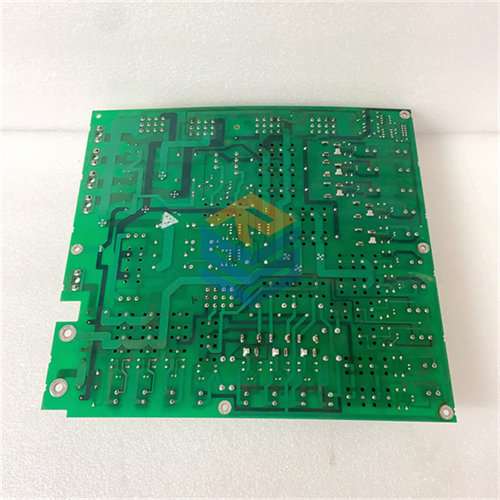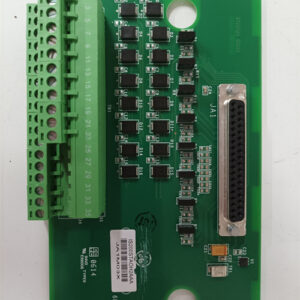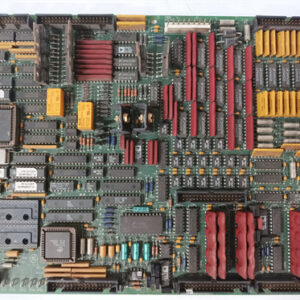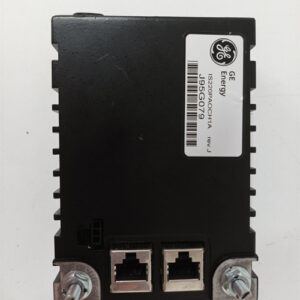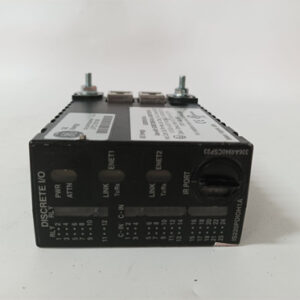الوصف
As an expert in industrial automation, I can provide a detailed and high-quality description of the GE DS200VPBLG1A backplane.
1. Enhanced SEO Titles
- GE DS200VPBLG1A: LS2100 Control Rack Backplane for VME Systems.
- GE DS200VPBLG1A: The Backbone of the LS2100 Excitation Control System.
- DS200VPBLG1A GE Board: A Critical VME Backplane for Industrial Control.
- GE LS2100 DS200VPBLG1A: High-Speed Communication Hub for Excitation Systems.
- DS200VPBLG1A: VME Bus Backplane for Power Generation and Turbine Control.
2. Brief Product Description
The GE DS200VPBLG1A is a specialized Control Rack Backplane designed for the GE LS2100 excitation control system. As a backplane, its primary function is to serve as the physical and electrical backbone of the control rack. It provides the slots and connectors for various VME-based circuit boards to be mounted, and it establishes the high-speed communication pathways—the VME bus—that allow these boards to exchange data and power. This board is fundamental to the operation of the LS2100, ensuring that the control system’s various modules can communicate seamlessly to manage the generator’s excitation.
- Part Type: Control Rack Backplane (VME P2)
- Primary Function: To provide a physical and electrical bus for VME-based control cards.
- Compatibility: GE LS2100 Excitation Control System.
- Application: Generator and turbine excitation control.
3. Detailed Product Description
In the world of industrial control, the backplane is the unsung hero. It’s the “street” on which all the “cars” (circuit boards) drive, and without a robust and reliable street, traffic (data) would grind to a halt. The GE DS200VPBLG1A is precisely this street for the GE LS2100 system. From my experience, this backplane is a high-quality, meticulously designed component that is essential for the reliability and speed of the entire control system. The “VME P2” designation is a key detail, indicating that it adheres to the VersaModule Eurocard (VMEbus) standard, a well-established industrial bus architecture known for its high performance and reliability.
A Closer Look at the DS200VPBLG1A
The DS200VPBLG1A is the central component of the LS2100 control rack. It provides a series of slots (or connectors) where various VME-based circuit boards—such as the processor, I/O, and communication boards—are installed. The board’s primary function is to provide the electrical pathways that allow these cards to communicate with each other. The VMEbus architecture, to which this board conforms, is a key reason for its effectiveness:
- High-Speed Data Transfer: The VMEbus is a parallel bus, which allows for very high-speed data transfer between the processor and the I/O modules. This is critical for real-time control applications like generator excitation, where a fast response is necessary to maintain grid stability.
- Modular Design: The VME standard enables a modular design, where different cards can be easily added or removed from the backplane. This makes the system highly flexible and scalable.
- Power Distribution: The backplane is also responsible for distributing power from the system’s power supply to all the installed VME cards. The P2 designation indicates a specific connector on the backplane that handles a range of power and I/O signals.
The DS200VPBLG1A is built with robust connectors and a multi-layered PCB to minimize electrical noise and ensure signal integrity. Its design is tailored to the specific needs of the LS2100, which is known for its high-performance digital control of generator excitation.
Key Features and Benefits
- Core System Component: The backplane is the foundational component of the LS2100 control rack, without which no other cards can function.
- VMEbus Standard: Conforming to the VME standard ensures high reliability, excellent data transfer rates, and compatibility with a wide range of VME-compliant cards.
- Robust and Reliable: The board is designed for a long service life in harsh industrial environments, with a construction that minimizes the risk of signal loss or electrical interference.
- Simplifies System Integration: By providing a common bus, the backplane simplifies the integration of various control modules, making system design and maintenance easier.
- Ease of Maintenance: If a card fails, it can be easily removed and replaced from the front of the rack, without disturbing the wiring to the backplane. This modularity reduces maintenance time and effort.
Technical Specifications
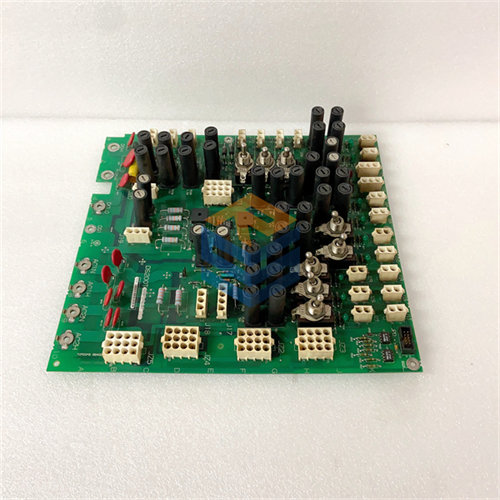

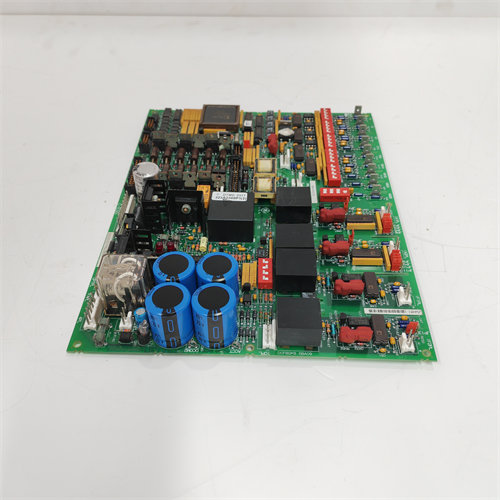
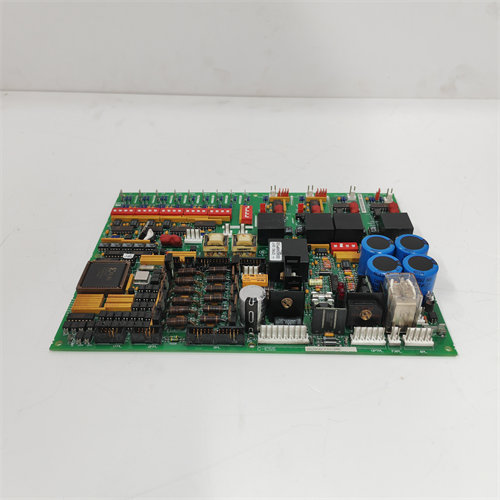

 +86 15340683922
+86 15340683922 +86 15340683922
+86 15340683922